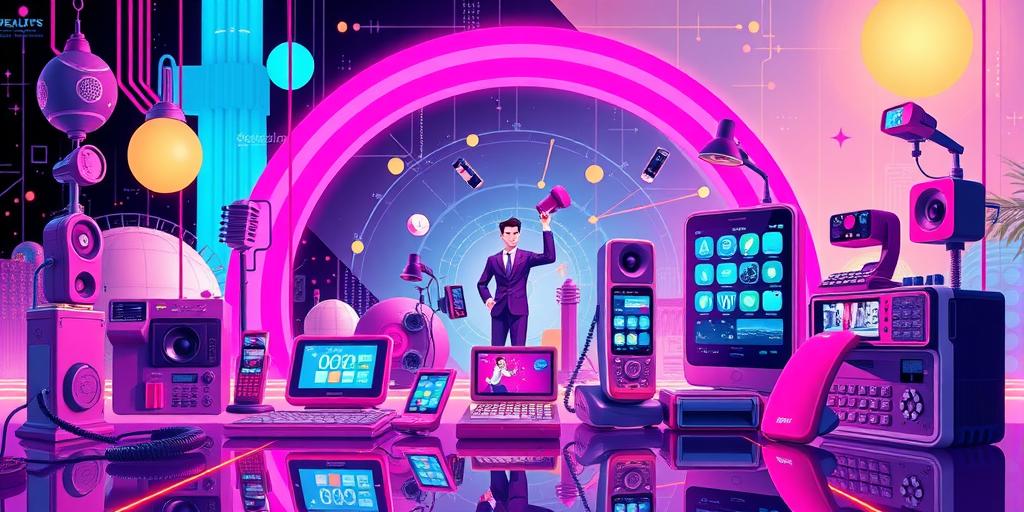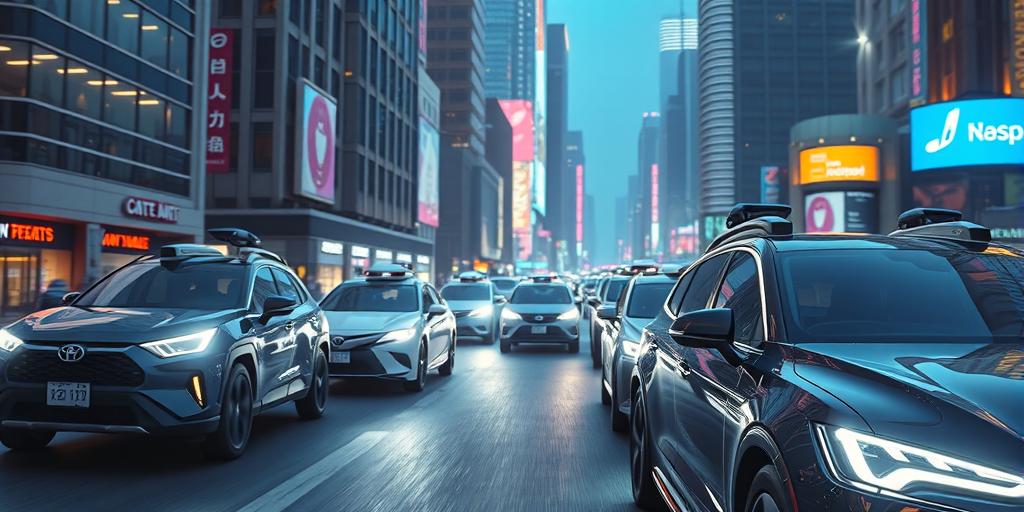From Beepers to Smartphones: The Evolution of Personal Communication
Have you ever wondered how we went from sending short, cryptic messages via beepers to sharing high-resolution photos and videos instantly on our smartphones? It’s a journey of incredible technological leaps, and this exploration delves into the fascinating evolution of personal communication. Buckle up, because we’re about to time-travel through the history of how we connect! From simple signals to complex networks, we’ll uncover the revolutionary changes that transformed the way we communicate, impacting everything from our daily lives to global events. Get ready to witness how the humble beeper paved the way for our always-on, hyper-connected world.
The Dawn of Personal Communication: From Smoke Signals to Beepers
Before the digital age, communication relied on ingenious yet often slow methods. Smoke signals, carrier pigeons, and even town criers played vital roles in disseminating information. But these methods lacked the immediacy and personal touch we expect today. The invention of the telegraph in the 19th century marked a significant milestone, enabling faster communication over longer distances. However, personal communication remained largely limited until the introduction of the telephone. The telephone revolutionized personal communication, enabling real-time voice conversations over distance. This changed personal and business lives alike.
The Rise and Fall of the Beeper
The pager, or beeper, emerged as a pivotal technology during the 20th century. These devices, which could receive short numeric messages, represented a first step towards truly personal mobile communication. While they lacked the ability to send messages, beepers offered the convenience of being contacted anytime, anywhere. Doctors, executives, and even celebrities relied on beepers to maintain connections, highlighting the device’s role in changing personal and professional communication. This increased convenience changed the way people lived and worked, paving the way for the advanced communications we take for granted today.
The Mobile Revolution: The Emergence of Cell Phones
The invention of the cellular phone marked a watershed moment in the history of personal communication. Early cell phones were bulky, expensive, and had limited functionality. Yet, the ability to make and receive calls from virtually anywhere was revolutionary. The rapid advancements in technology led to smaller, more affordable, and feature-rich devices, making mobile phones accessible to the masses. The transition from analog to digital technology further enhanced communication speed and efficiency, creating a robust mobile network infrastructure.
Texting: A Revolution in Short-Form Communication
The introduction of Short Message Service (SMS), or texting, transformed mobile communication. Texting proved to be faster, cheaper, and more convenient than voice calls for many situations. Its short-form nature fostered a unique style of communication, influencing everything from slang to online communication. It is worth noting the role this played in the development of other forms of online communication, and the internet in general.
The Smartphone Era: The Ultimate Convergence of Technology
The advent of the smartphone took personal communication to an entirely new level. These devices seamlessly integrated various communication tools, including voice calls, texting, email, social media, video conferencing, and more. Smartphones combined these tools, enhancing personal communication in unprecedented ways. The integration of internet access broadened the horizons of personal communication even further, connecting people globally through various applications and platforms. The emergence of the smartphone transformed the way people connect socially, conduct business, and engage with the world.
Social Media and Instant Messaging: The Age of Connection
Social media and instant messaging applications have profoundly influenced how people communicate. Platforms like Facebook, Twitter, Instagram, WhatsApp, and others have revolutionized social interaction. People can instantly connect with friends, family, and colleagues worldwide, regardless of their physical location. The ubiquity of smartphones has fueled the rapid growth of social media, connecting people in ways that were unimaginable just a few decades ago. The way people interact socially and politically has been impacted by the development of instant messaging and social media platforms.
The Future of Personal Communication: What’s Next?
The evolution of personal communication is an ongoing process. The use of artificial intelligence in communication is expected to change communication in yet unforeseen ways. Advancements in technologies like artificial intelligence (AI), virtual and augmented reality (VR/AR), and the Internet of Things (IoT) promise to shape the future of personal communication in profound ways. Imagine a world where communication is seamless, intuitive, and personalized—a world where technology anticipates our needs and facilitates interactions effortlessly. We can look forward to new and innovative ways to connect with the people and information that matter most.
Ready to explore how these technologies are impacting your life? Share your thoughts and experiences in the comments below! Let’s discuss what future advancements might be in store for personal communication!













